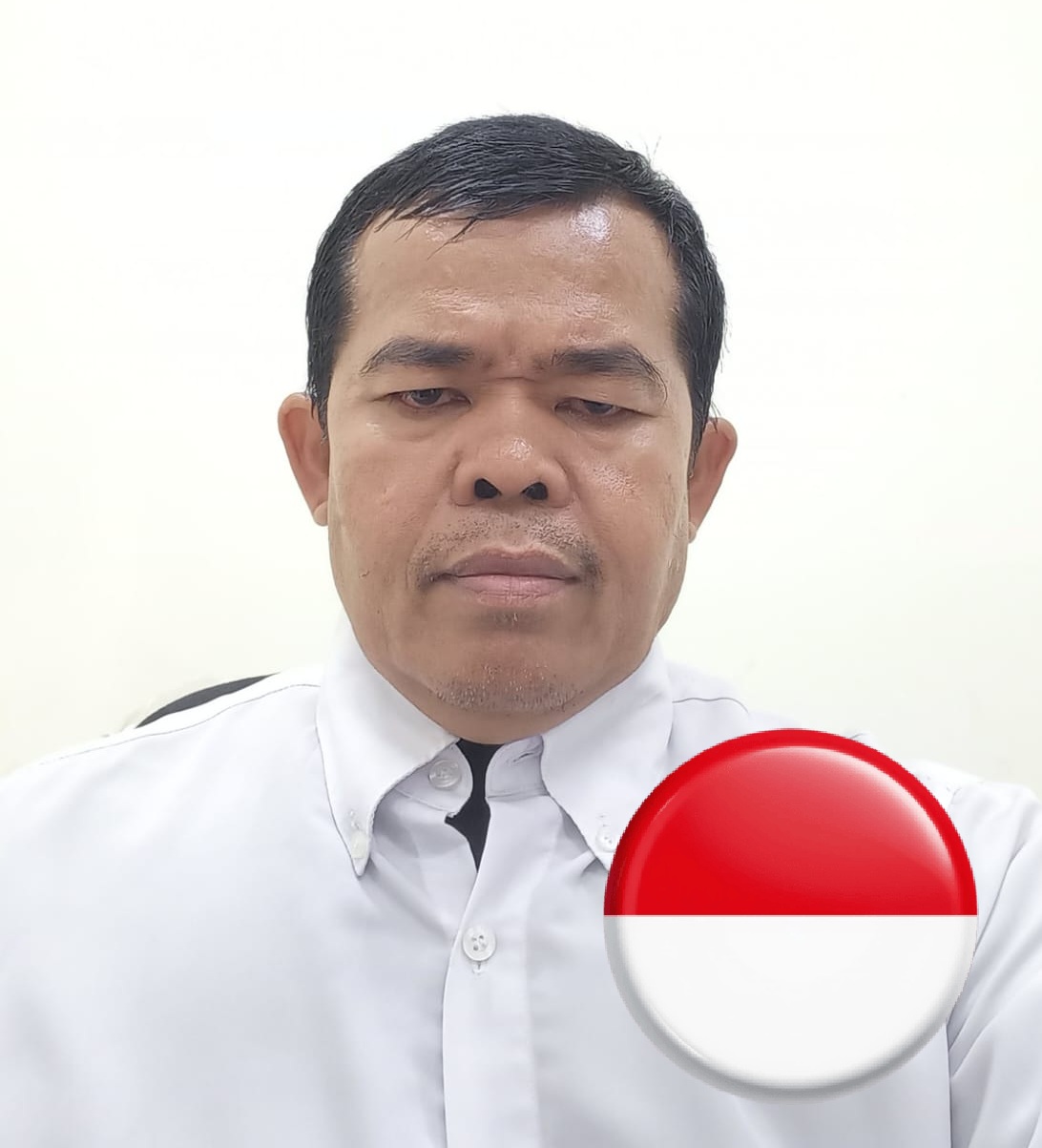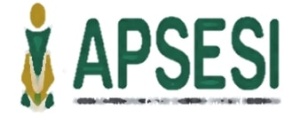THE INNOVATION OF ISLAMIC INSURANCE AS A SOLUTION FOR PENETRATION
Abstract
The penetration of Islamic insurance in Indonesia is not directly proportional to the number of Muslim population in Indonesia. This article aims to look at the causes of the low penetration of Islamic insurance in Indonesia. Literature study is the method used in this article by conducting content analysis, the data used in the form of writing, graphics, pictures and figures sourced from the OJK and the ASEAN Economic survey. The result of this research is the lack of innovation in Islamic insurance which caused the low penetration of Islamic insurance. Islamic insurance penetration can increase with innovation. Social insurance is a manifestation of the mandate of 1945 Constitution of Indonesia Republic which obliges to provide basic protection for all Indonesian people. With the large number of Muslim population in Indonesia, the opportunities for Sharia social insurance innovation can be taken into consideration. Sharia social insurance can be a solution to increasing the penetration of Sharia social insurance in Indonesia. In terms of regulation, the growth of Sharia social insurance can develop. This article has major implications for practitioners, policy makers and regulators.
Keywords
Full Text:
PDFReferences
Ardinata, M. (2020). Tanggung Jawab Negara Terhadap Jaminan Kesehatan Dalam Perspektif Hak Asasi Manusia(State Responsibilities Of Health Guarantee In The Perspective Of Human Rights). Jurnal HAM, 319–333. https://doi.org/http://dx.doi.org/10.30641/ham.2020.11.319-332
Awrasya, J. F., & Kusumaningtias, R. (2021). Pengaruh Rasio Early Warning System dan Good Corporate Governance Terhadap Tingkat Solvabilitas Pada Asuransi Jiwa Syariah. JAE: Jurnal Akuntansi Dan Ekonomi, 6(2), 13–26. https://doi.org/10.29407/jae.v6i2.15830
Badan Pusat Statistik. (2020). Persentase Jumlah Penduduk Menurut Kabupaten/Kota dan Agama yang Dianut, 2019.
Echchabi, A., & Ayedh, A. M. (2015). Factors Influencing the Yemeni Customers’ Intention to Adopt Takaful Products. Gadjah Mada International Journal of Business, 17(1), 25–45.
Hariyadi, E., & Triyanto, A. (2017). Peran Agen Asuransi Syariah dalam Meningkatkan Pemahaman Masyarakat Tentang Asuransi Syariah. Jurnal Ekonomi Dan Perbankan Syariah, 5(1), 19–38. https://doi.org/10.46899/jeps.v5i1.164
Hassan, R., Salman, S. A., Kassim, S., & Majdi, H. (2018). Awareness and knowledge of takaful in Malaysia: a survey of Malaysian consumers. International Journal of Business and Social Science, 9(11), 45–53.
Hasyim, F. (2018). The Determinant of Takaful Acceptance: Theory of Reasoned Action Approach. Journal of Finance and Islamic Banking, 1(1), 1–22.
Ichsan, N. (2016). Peluang dan Tantangan Inovasi Produk Asuransi Umum Syariah. Jurnal Ekonomi Islam, 7(2), 131–156.
Indonesia, R. (n.d.). Undang-Undang Republik Indonesia Nomor 2 Tahun 1992 Tentang Usaha Perasuransian.
Indonesia, R. (2003). Undang-Undang nomor 17 tahun 2003 tentang Keuangan Negara. Keuangan Negara.
Indonesia, R. (2004). Undang-Undang Sistem Jaminan Sosial Nasional. http://eprints.uanl.mx/5481/1/1020149995.PDF
Moleong, L. J. (2021). Metodologi penelitian kualitatif. PT Remaja Rosdakarya.
MUI, D. S. N. (2001). Fatwa Dewan Syariah Nasonal No.21/DSN-MUI/X/2001. In MUI (Issue April 2006).
Muin, F., & Mucharom, R. S. (2019). Asuransi Sosial Syariah bagi Muslim Indonesia. AHKAM: Jurnal Ilmu Syariah, 15(1).
Murdiana, E. (2016). Menggagas Payung Hukum Baitul Maal Wattanwil (Bmt) Sebagai Koperasi Syari’Ah Dalam Bingkai Ius Constituendum. Jurnal Penelitian, 10(2), 279–280.
OJK. (2019). Statistik Industri Keuangan Non Bank (INKB) Syariah. https://www.ojk.go.id/id/kanal/syariah/data-dan-statistik/iknb-syariah/Documents/BUKU STATISTIK IKNB SYARIAH 2019.pdf
Panjaitan, H. R. (2017). Pelaksanaan Jaminan Sosial bagi Masyarakat bagi Badan Penyelenggara Jaminan Sosial (BPJS) (Studi di kantor BPJS Kota Tanjung Balai). Citra Justicia: Majalah Hukum Dan Dinamika Masyarakata, 20(1), 21–30. https://doi.org/10.31227/osf.io/5xvew
Panjaitan, H., & Rahmat, R. (2021). Pelaksanaan Jaminan Sosial Bagi Masyarakat Bagi Badan Penyelenggaraan Jaminan Sosial (BPJS)(Studi Di Kantor BPJS Kota Tanjung Balai). Citra Justicia: Majalah Hukum Dan Dinamika Masyarakat, 22(1), 1–18.
Prastowo, A. (2011). Metode Penelitian Kualitatif dalam Perspektif Rancangan Penelitian. Ar-Ruzz Media.
Ramadhani, H. (2015). Prospek dan Tantangan Perkembangan Asuransi Syariah di Indonesia. Al-Tijary, I(I), 57–62.
Re, M. (2020). ASEAN Insurance Pulse 2020 An Annual Market Survey. Faber Consulting AG.
Sugiyono. (2017). Metode Penelitian Kuantitatif, Kualitatif dan R&D. Alfabeta.
Syafe’i, Z. (2008). Etika Hukum Islam di Indonesia. Al Qalam, 25(1), 65–83.
Wajadi, F., & K. Lubis, S. (2020). Hukum Ekonomi Islam (Tarmizi (ed.); I). Sinar Grafika Offset.
Wardana, K. W. (2009). Hukum Asuransi Proteksi Kecelakaan Trnsportasi.
DOI: http://dx.doi.org/10.30984/tjebi.v6i2.1725
Article Metrics
Abstract view : 860 timesPDF - 572 times
Refbacks
- There are currently no refbacks.
Copyright (c) 2021 Tasharruf: Journal Economics and Business of Islam
License URL: https://creativecommons.org/licenses/by-nc/4.0/
Tasharruf: Journal Economics and Business of Islam is indexed by:
 |
 |
 |
 |
 |
|
 |
 |

This work is licensed under a Creative Commons Attribution-NonCommercial 4.0 International License.
________________________________________________________
Tasharruf: Journal Economics and Bussiness of Islam is published by Fakultas Ekonomi dan Bisnis Islam, Institut Agama Islam Negeri (IAIN) Manado
Jl. Dr. S. H. Sarundajang Kawasan Ring Road I Malendeng Manado, Sulawesi Utara, Indonesia 95128
Email: [email protected]
ISSN Print: 2528-0317 ISSN Online: 2528-0325












1.png)


